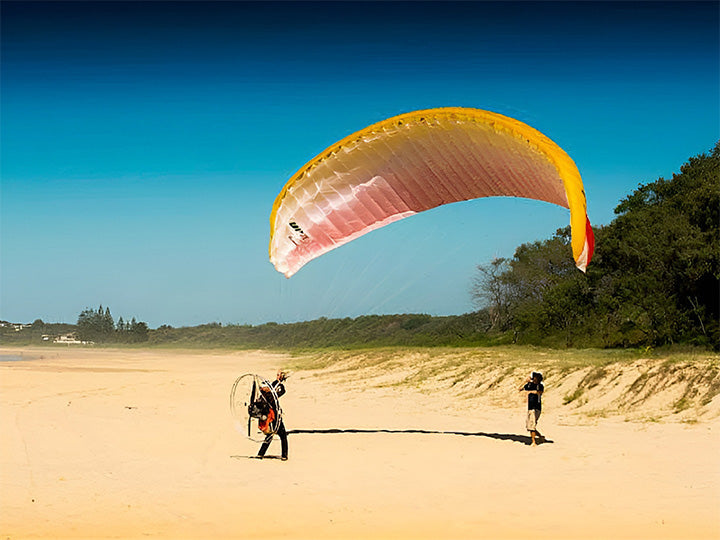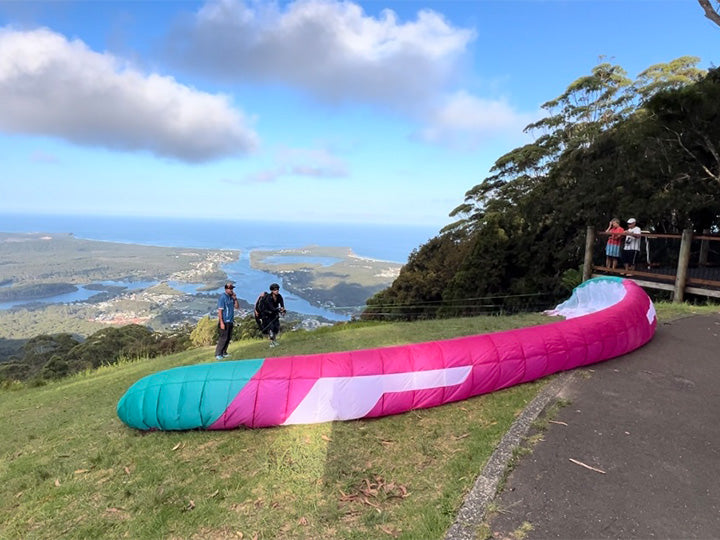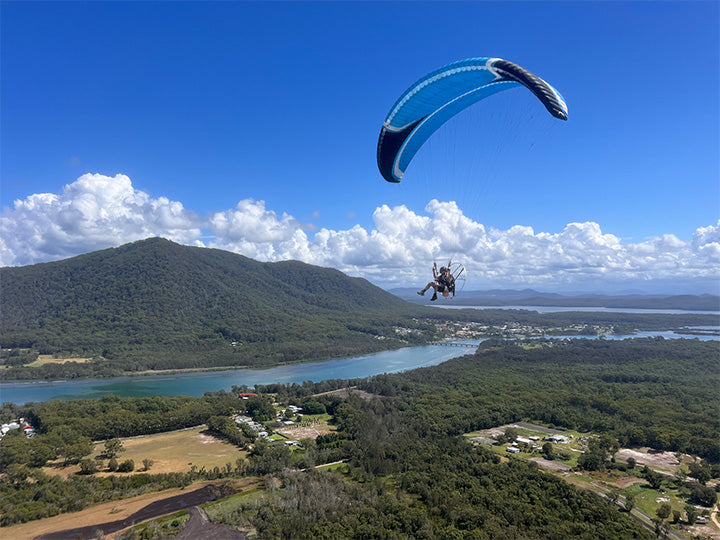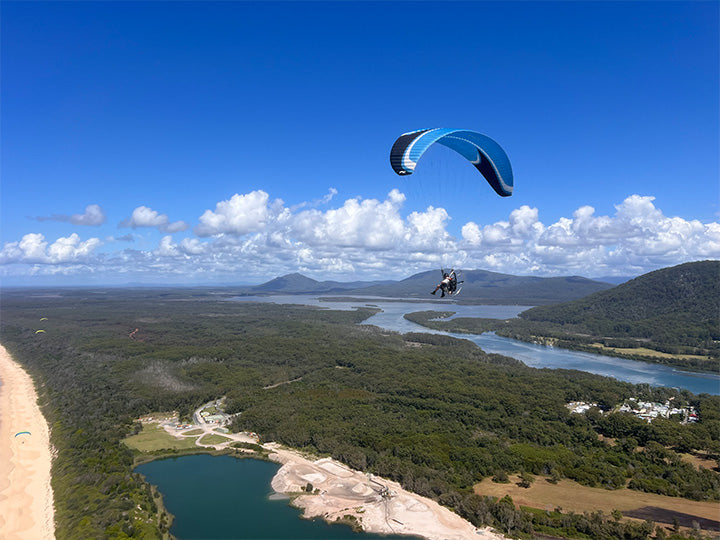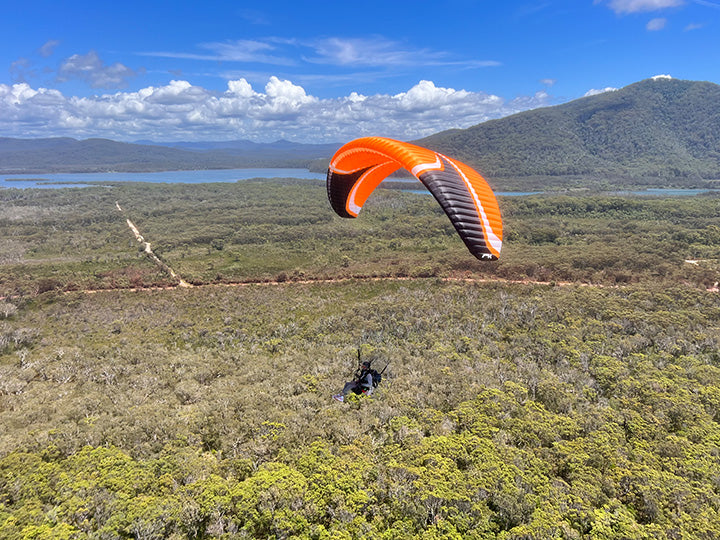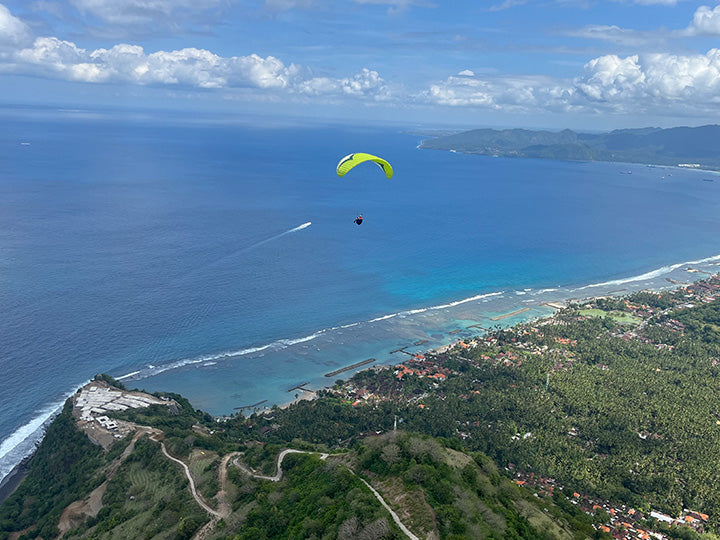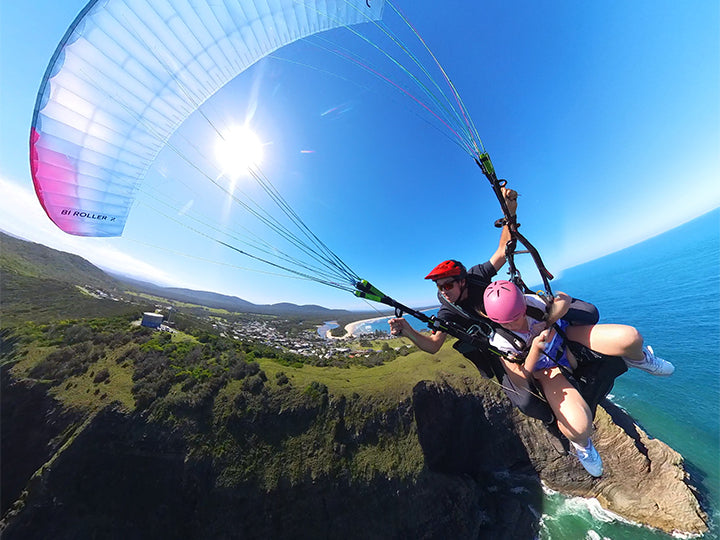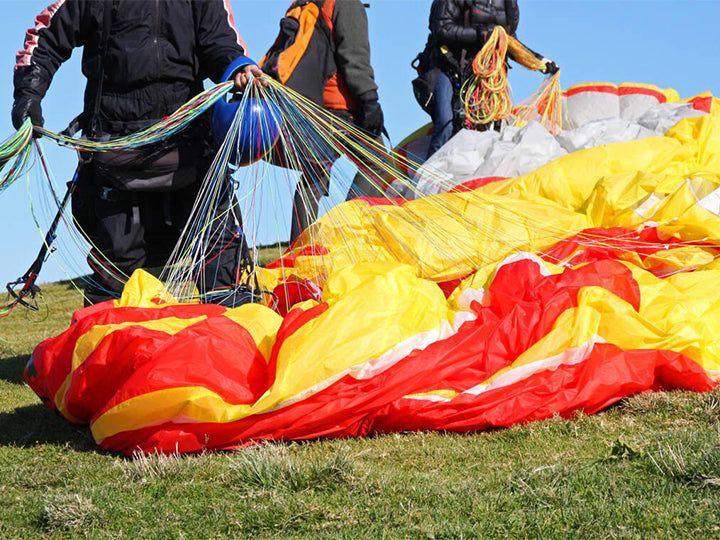How to Progress from a Beginner to an Advanced Paraglider Pilot

Paragliding, often referred to as "the art of flying," is an exhilarating adventure sport that allows individuals to soar through the skies with the grace of a bird. However, mastering this thrilling activity takes time, dedication, and a comprehensive understanding of the necessary skills and knowledge. The Sports Aviation Federation of Australia (SAFA) provides a structured framework for paragliding progression, offering five distinct license levels from PG1 to PG5.
This in-depth guide will explore the requirements, skills, and strategies required to advance through these license levels and become a proficient and confident paraglider pilot.
1. Begin with the Student Certification Course
The journey starts with a student certification course, the first step to becoming a licensed paraglider pilot under SAFA. These courses typically last 9 to 10 days, depending on weather conditions. They provide foundational knowledge and skills necessary for safe flying. The student pilot licence is known as PG1.
2. PG2 - Solo Flying Under Supervision
After completing the student certification course, you are licensed to fly solo but under supervision. This stage is known as PG2. At this level, take-off and landing are limited to flying sites with easier ratings, ensuring that new pilots handle manageable conditions.
3. PG3 - Limited Unsupervised Flying
To reach the PG3 level, you need to accumulate at least 15 flying hours over 60 successful flights and 25 flying days. Of this, 2 hours need to be thermalling flights and you need to have flown from 5 different sites. You also need to obtain a VHF Radio Endorsement. The PG3 certification allows for limited unsupervised flying, giving you more freedom while ensuring you have the necessary experience to fly safely.
4. PG4 - Flying at More Challenging Sites
The next step is the PG4 level, where you are eligible to fly at more difficult sites. To achieve this, you must have at least 30 hours of flying and sit a practical and theory exam. This level signifies a significant advancement in your skills and experience.
5. PG5 - The Pinnacle of Pilot Certification
The PG5 certification is the highest level for pilots. It requires 80 flying hours and practical and theory exams. This level allows you to fly as far as your skills and conditions permit, marking you as an expert in the field.
6. Powered Flight - Specialised Certifications
For those interested in Powered Paragliding (PPG), there are specialised student certification courses. These require a minimum of 20 hours of flight instruction before solo flying. Additional endorsements for cross-country flying are also available for extended capabilities.
The Importance of Safety and Responsibility
Safety and responsibility should remain at the forefront of your mindset throughout your paragliding progression. Understanding your limitations, respecting regulations, and prioritising safety protocols are non-negotiable aspects of being a responsible paraglider pilot.
Here are some key safety considerations:
- Regular Equipment Checks: Always ensure your paragliding equipment is in excellent condition and regularly inspected by certified technicians.
- Weather Awareness: Continuously monitor weather conditions and avoid flying in adverse weather, such as strong winds, thunderstorms, or turbulent air.
- Respect Local Regulations: Comply with all local, regional, and national regulations governing paragliding activities. These regulations are in place to ensure your safety and that of others.
- Training and Certification: Seek proper training and certification through organisations recognised by SAFA to ensure you have the necessary skills and knowledge for safe flying.
- Risk Assessment: Conduct a thorough risk assessment before each flight, considering weather, terrain, and your personal abilities.
Conclusion
Paragliding progression from a beginner to an advanced pilot through the SAFA license levels (PG1 - PG5) is a journey filled with excitement, challenges, and personal growth. Each step of the way, you will acquire essential skills and knowledge, build confidence, and learn to make informed decisions in varying flying conditions. Remember that patience, practice, and a commitment to safety are the keys to a successful and rewarding paragliding career.
As you embark on your paragliding journey, always seek guidance from experienced pilots, follow SAFA regulations, and continue to refine your skills. With dedication and a passion for flight, you can ascend through the license levels, becoming an expert paraglider pilot capable of experiencing the sky's wonders like never before.
So, spread your wings and soar higher as you progress from a beginner to an advanced paraglider pilot, achieving your dreams in the paragliding world. Embrace the adventure, and let the sky be your canvas for the extraordinary art of flying.
Ready to start your paragliding journey or elevate your paragliding skills to new heights? Join High Adventure today and embark on a thrilling journey of improvement and mastery.


